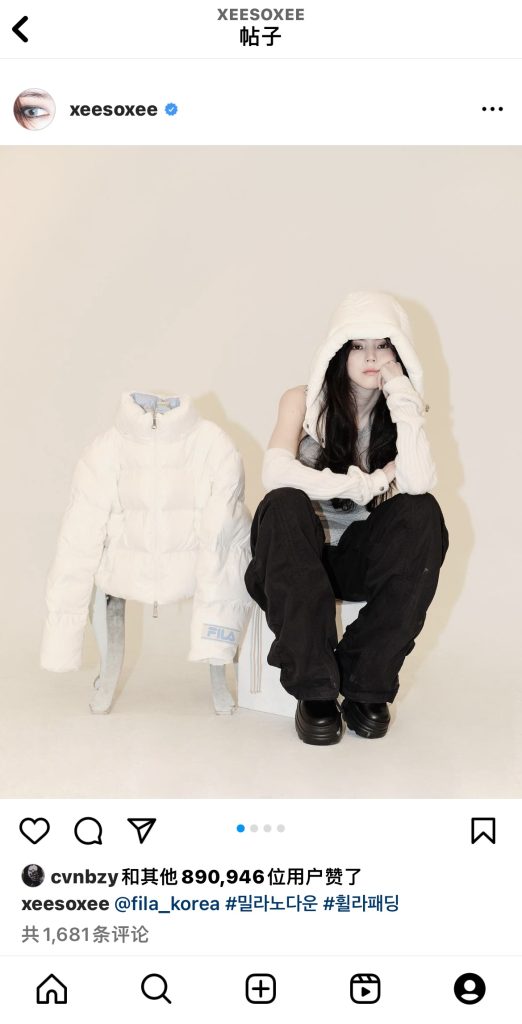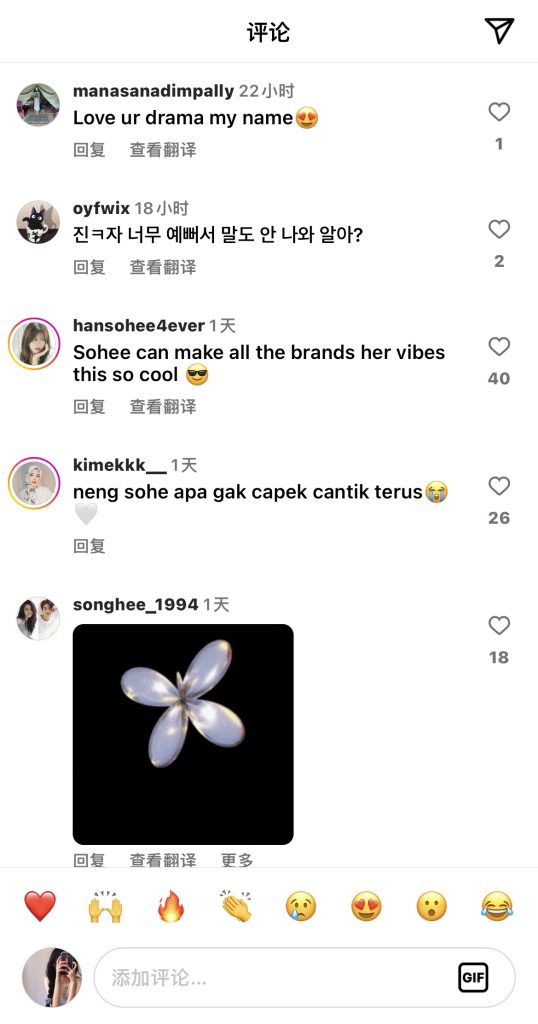In the last few weeks, we have studied the models of communication – encoding and decoding. As an important element in the communication process, encoding and decoding play an indispensable role in People’s Daily communication and the use of symbols to convey and exchange information. The encoding means that the communicator converts the information who wants to spread into language, text, sound, picture and other meaningful symbols. Decoding is the symbols that these audiences will receive, and they will interpret and understand these contents by their own culture and ideology. This not only explains how the communication process works but also reflects the conflict between different cultures and the connection between personal identity and decoding code. Because everyone interprets and understands the same thing differently.
This phenomenon exists everywhere in our lives, such as on major social media, which provides a good platform for decoding and encoding. Take Instagram as an example, stars or ordinary people post words, pictures, or videos on the platform, and convey their ideas through these meaningful symbols. The audience receiving these messages will have different personal opinions due to their individual differences and different understandings of things, and these opinions will be transformed into comments of the communicator. It can be said that some people do not fully understand the content released by the communicators, or it can be said that this is simply due to the different ideological positions of different people.

This is a Korean actress, and yesterday she posted on Instagram that she was wearing clothes from her agency. As a communicator, she encoded the content according to her own ideology and resources. As a fan of hers, my first reaction was that she looked beautiful in these clothes, I love the photos, and that’s what I decoded from.

Although the decoded content will be different for this actress, most of the content will be positive. This is because most of the content on her Instagram is viewed by her fans, and she has a fixed audience, so these viewers will have a general understanding of the symbols she uses in spreading ideas. This is what Hall once said, this is meaningful communication.
But in fact, many public figures will get some bad voices when they spread their content on social platforms. If the content is positive, these people who question will show their lack of ideology. These people are generally divided into two types:
- Blindly follow: Blindly following an ideology without considering its true value and meaning.
- Prejudice and Discrimination: Against certain persons or groups resulting from ignorance and misunderstanding of other groups.
To sum up, social media produced by the Internet has brought people a lot of convenience, but people should not comment on the meaning of transmitting positive energy because of their own differences in ideas. Our life is inseparable from coding and decoding. As a communicator, we should strive to create positive symbols, and as an audience, we should learn to express our opinions more rationally. People need to build a healthy network environment together.
Reference list
eCampusOntario (2018). Communications Process: Encoding and Decoding. [online] Pressbooks.pub. Available at: https://ecampusontario.pressbooks.pub/commbusprofcdn/chapter/1-2/.
www.youtube.com. (n.d.). How the Communication Process Works. [online] Available at: https://youtu.be/q6u0AVn-NUM?si=vfu9ZKf-EK4XrZML [Accessed 17 Nov. 2023].


It’s good to see that you have your own opinions on coding and decoding, and that you have your own thoughts on decoding, not only the positive attitude of people to decoding but also the negative attitude. And I love the example you list, it is easy for me to understand what this topic.
You used the Korean actor’s instagram as an example! So exciting because I’m kind of a kpop fan and I’m really familiar with the phenomenon of negative comments on social media, as you mentioned in your article.
Negative information is more likely to get attention and spread. It also reminds me of the phenomenon of “bad news travels fast” in information processing theory. When people process information, negative information is usually more emotionally resonant and therefore more noticed and shared. In addition, fewer people are brave enough to speak their minds when negative information comes their way, which is a reflection of the spiral of silence theory. In a social media environment, individuals may be more inclined to remain silent if they feel more socially isolated from the views they hold, again creating a situation where views are over-emphasised and other views are less often expressed. Perhaps social media platforms need to take this phenomenon into account when designing their algorithms and interfaces, and can mitigate the spiral of silence effect by creating more inclusive environments that emphasise the importance of plurality and respect for different viewpoints. Users, in turn, can break the spiral of silence by actively participating in diverse discussions and encouraging the expression of different voices.